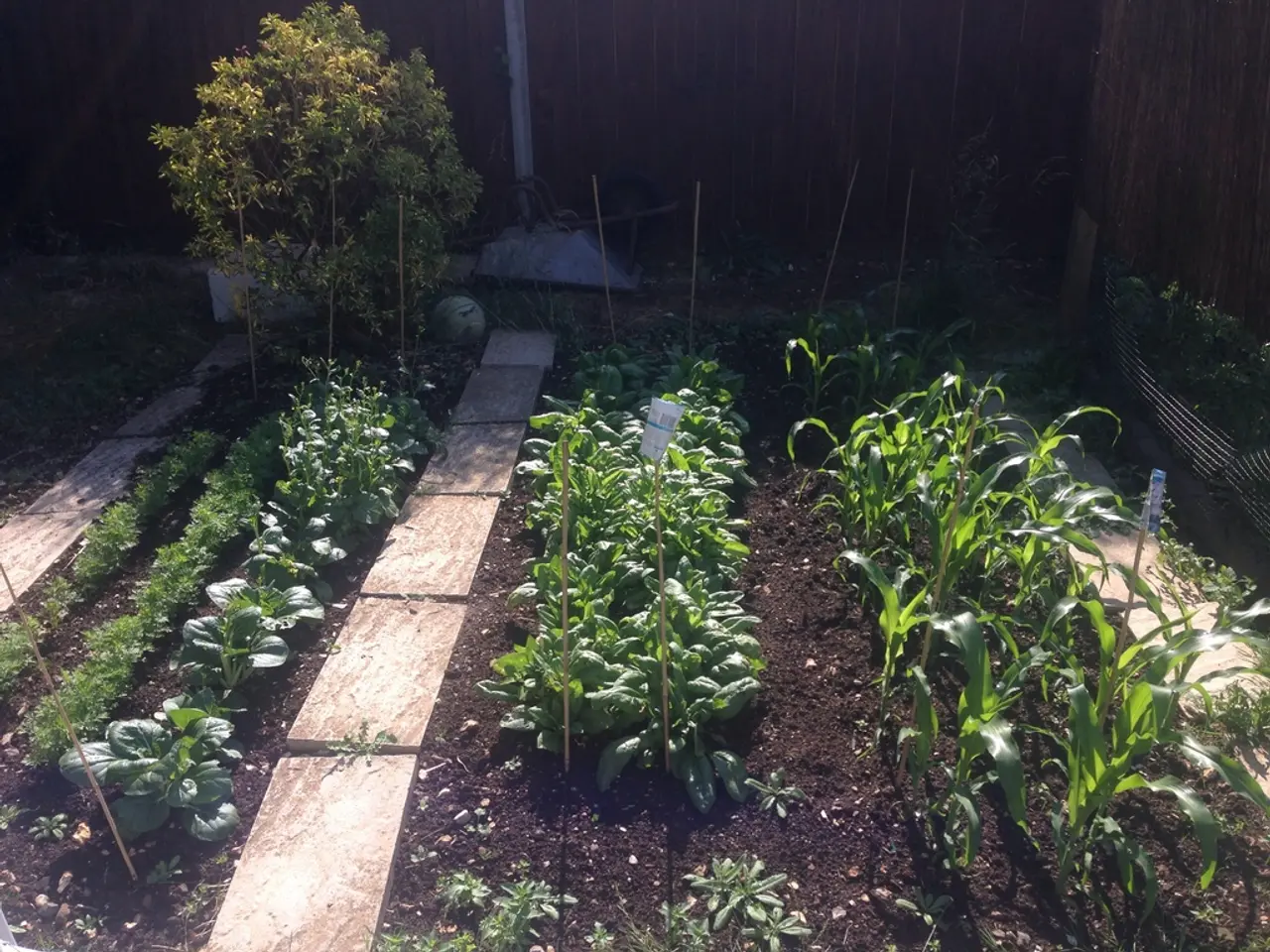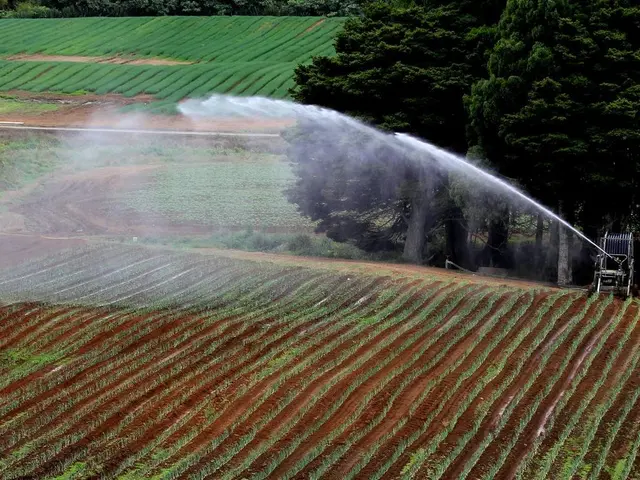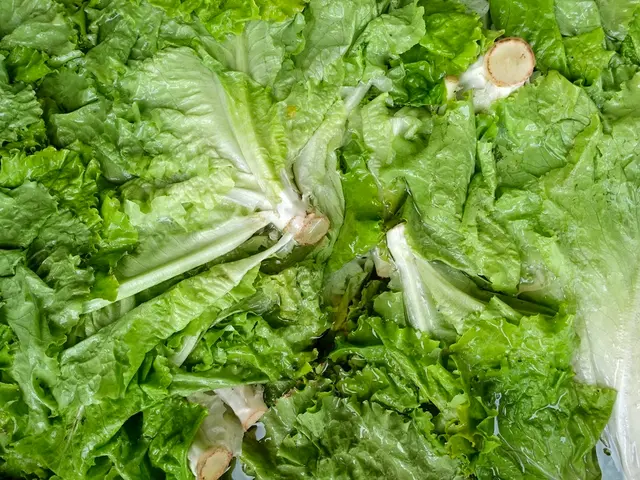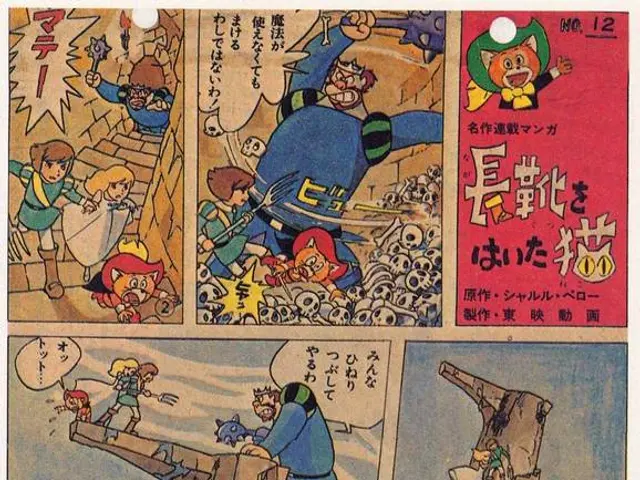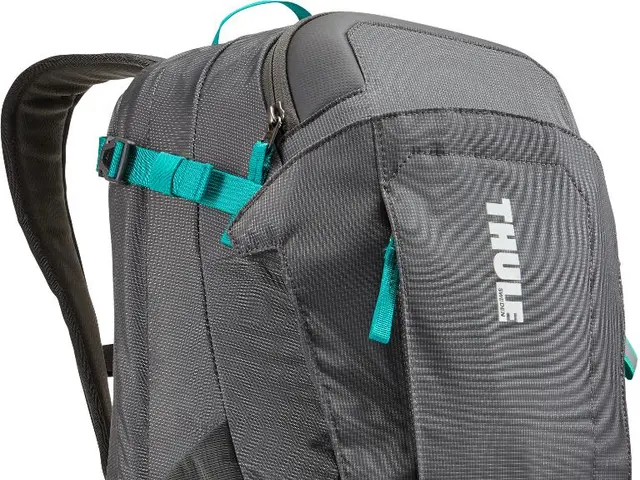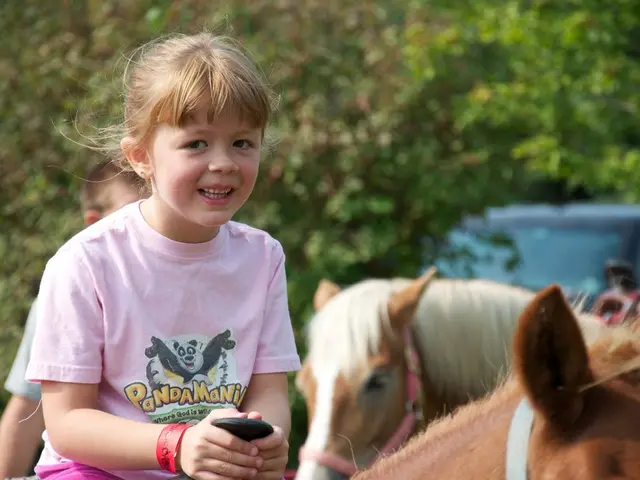Thinning Out the Crowd: Mastering the Art of Thinning Seedlings
Proper Techniques for Thinning Seedlings to Enhance Plant Strength and Health
Say goodbye to sardine-can gardens. Overcrowded seedlings are no fun for anyone - even the plants! Thinning seedlings gives those little guys the breathing room they need to thrive. Let's dive into the progressive world of gardening, learn the intricacies of thinning, and discover when it's time to do it for different plants.
What is Thinning Seedlings?Thinning simply means eliminating some seedlings to give remaining plants more space, light, and nutrients for optimal growth. It's a must-have skill for any green-thumbed enthusiast.
When to do the DeedThe moment to thin largely depends on the particular plant species and the seedlings' development stage. Generally, it's when the first set of true leaves (past the initial seed leaves or cotyledons) appear, around 2-3 weeks after germination. Here's a quick snapshot for popular veggies like carrots and tomatoes:
- Carrots: 2 to 3 weeks after germination, or when seedlings measure 1-2 inches tall, space them 2-3 inches apart for optimal root development.
- Tomatoes: Select the strongest seedling per cell or pot once they have 2-3 true leaves and remove the rest gently to avoid damaging roots. Harden off before transplanting outdoors.
- Lettuce and small-seeded herbs: Precision planting using seed tapes or seed gel can minimize thinning; otherwise, thin soon after germination when true leaves show.
How to Go about It
- Spot the Strongest Seedlings: Examine seedlings closely and pick out the healthiest, sturdiest, and well-positioned survivors.
- The Thinning Methodology:
- Snip Away: Use sharp scissors to cut extra seedlings at soil level rather than yanking them out, which could damage the roots of neighbors.
- Gentle Pull: If roots aren't intertwined yet, it's possible to pull out weaker seedlings, but do it carefully to prevent disturbing neighbors.
- The Space Game: After thinning, maintain enough room for each plant to grow without competing for light, water, and nutrients, usually doubling or tripling initial spacing.
When Thinning is optionalWhile there's no hard rule mandating thinning, cultivating a lush garden is much easier when you give plants sufficient space and resources. Skipping thinning can result in legally limp, weak seedlings and an environment ripe for fungal diseases (or damping off).
Can Thinned Seedlings be Replanted?Usually, it's feasible to replant thinned seedlings if you tread gently and carefully. This is more practical when thinning a garden bed than in compact spaces like six-packs, where roots may be intertwined. Alternatively, consider using the thinned seedlings as gourmet garnishes or delicious salad additions!
Additional Resources
- Struggling with your seed-starting? Fix these 7 common mistakes before it's too late.
- Discover the perfect DIY seed starting mix recipes for strong, healthy seedlings.
- Wondering how deep to plant seeds? Get it right every time with this simple trick.
- Teo Spengler (Expert gardener with over 20 years of experience)
- Nikki Tilley (Senior editor specializing in gardening and horticulture topics)
In the world of gardening, it's essential to provide each plant with ample space and resources for optimal growth, even in the home-and-garden setting. Thinning seedlings, also known as eliminating some seedlings, helps create the necessary breathing room for the remaining plants in your lifestyle garden. Just as in the case of carrots and tomatoes, thinning should occur around 2-3 weeks after germination, when the first set of true leaves appear. By spotting the healthiest seedlings and employing a careful thinning methodology, you can enhance your gardening skills and pave the way for lush and thriving plants.
